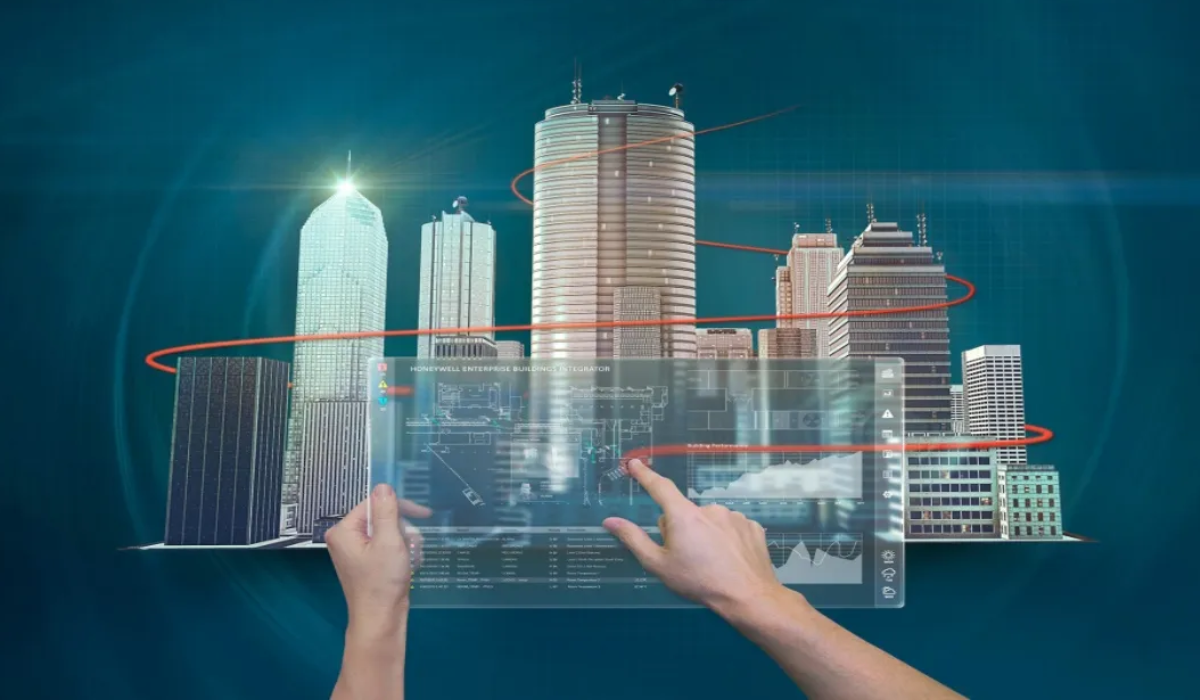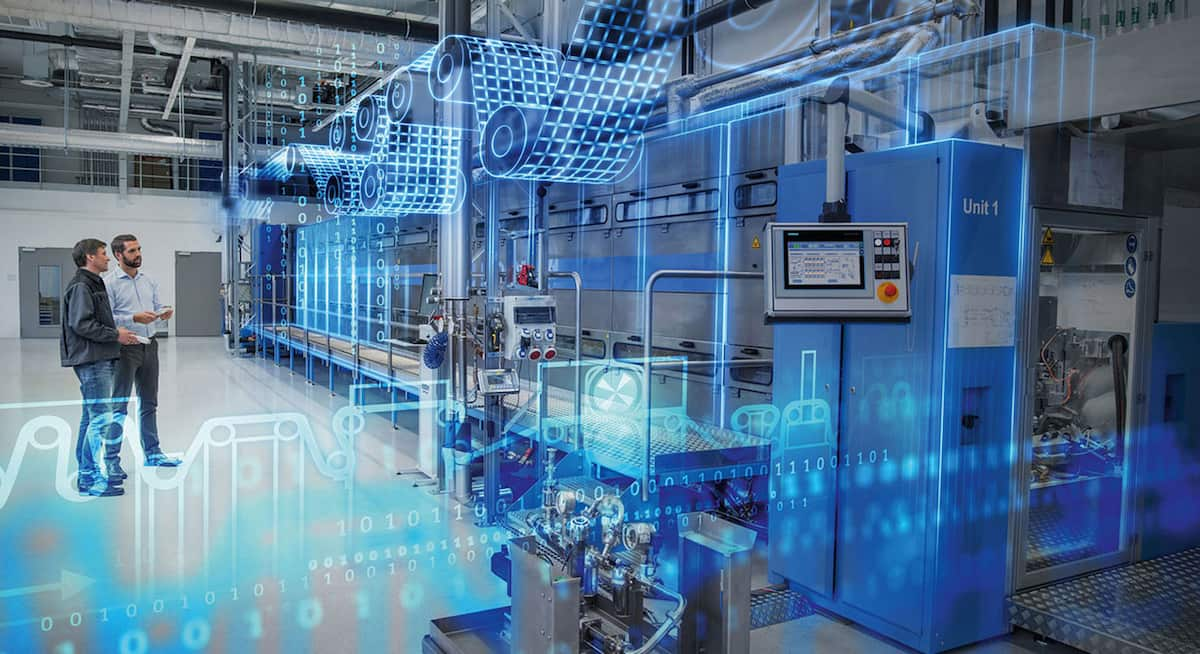Digital Twins and Revit: The Construction Revolution
Digital transformation in construction is advancing rapidly, and the combination of Revit with digital twins is redefining how we design, manage, and optimize projects. From hospitals and hotels to universities, ports, and large infrastructures, this technology enables greater efficiency, cost reduction, and sustainability.
What is Revit, and why is it key for the AEC industry?
Revit is a building information modeling (BIM) software developed by Autodesk. Its main advantage lies in its ability to create intelligent 3D parametric models, where any change to an element is automatically reflected throughout the entire project.
Advantages of Revit in construction:
✅ Parametric 3D modeling: Ensures accuracy in architectural, structural, and MEP designs.
✅ Real-time collaboration: Architects, engineers, and builders can work on the same model simultaneously.
✅Automated documentation: Reduces time spent generating drawings and specifications.
✅ Cost and time optimization: Minimizes errors and rework during the construction phase.
Digital Twins: The Future of Building Management
A digital twin is a dynamic virtual representation of a building, powered by real-time data from IoT sensors, laser scans, and BIM. This technology not only facilitates planning, but also enhances the operation and maintenance of critical infrastructures.
Key benefits of digital twins:
Predictive simulation: Anticipates structural failures or maintenance issues. Body
Building lifecycle management: Enables efficient asset control.
Sustainability: Optimizes energy consumption and carbon footprint.
Real-time monitoring: Improves safety and operability of large buildings.
Scan to BIM: The Key to Creating Accurate Digital Twins
The Scan to BIM process converts 3D scans of physical buildings into digital models. Using laser scanners and drones, a point cloud is captured and modeled in Revit, enabling the creation of an accurate and functional digital twin.
Scan to BIM applications across strategic sectors:
Hospitals: Efficient equipment management and optimized space usage.
Hoteles: Mejora la experiencia del huésped con mantenimiento predictivo.
Hotels: Enhances guest experience through predictive maintenance.
Universities: Digital campus management and energy optimization.
The Perfect Synergy: Revit + Digital Twins
The integration of Revit with digital twins enables total project management—from design to operation—achieving:
✅ Early error detection: Reduces unexpected construction costs.
✅ Maintenance automation: Schedules repairs based on real-time data.
✅ Improved decision-making: Up-to-date information on infrastructure.
✅ Energy efficiency: Simulations to optimize consumption and reduce operational costs.
Conclusion
The use of Revit and digital twins in the AEC industry is not just a trend—it’s a necessity for improving project efficiency and sustainability. Companies in sectors such as hospitality, healthcare, education, and ports are already implementing these technologies to maximize profitability and ensure intelligent, resilient construction.
If you’re looking to innovate in building management, the combination of Revit and digital twins is the path to the future.



